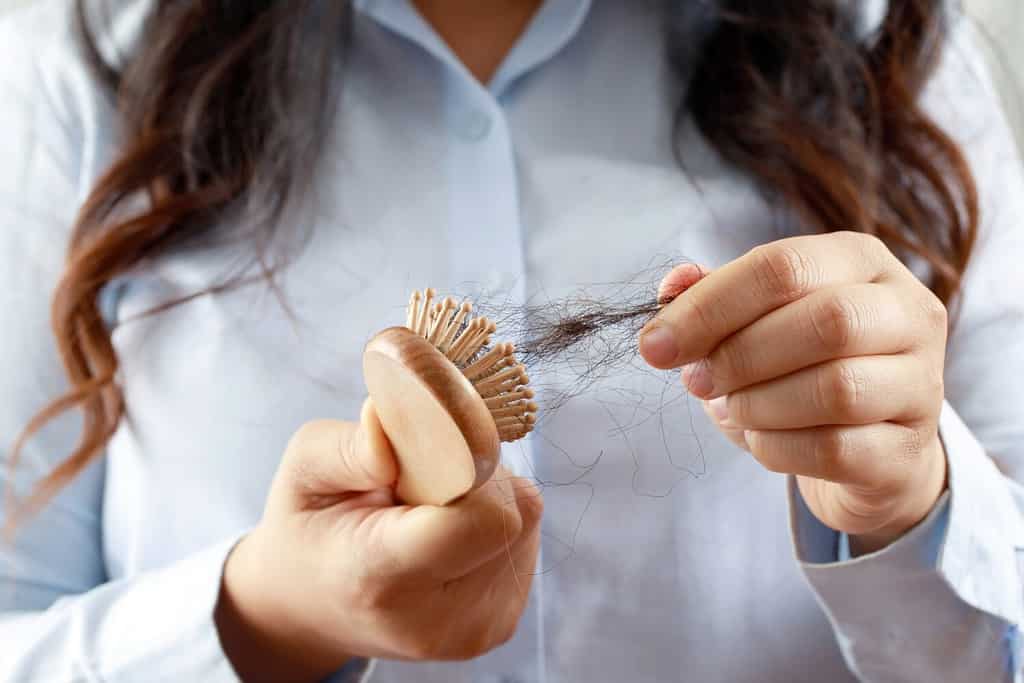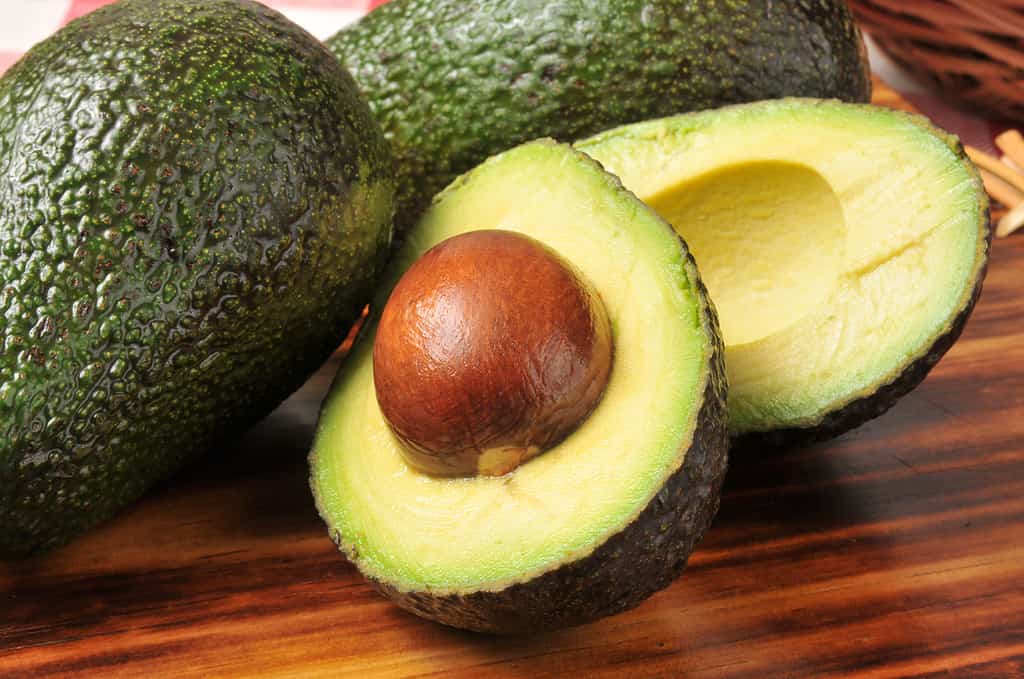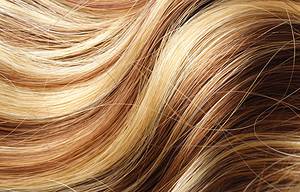Between wigs and extensions, clip-ins, and wefts, the hair world can get pretty intense for those who are just learning. It’s interesting how large of a market there is for adding more length to your hair. But if you’re interested in having long hair but don’t want to take the route of extensions or a wig, how can you get long hair? Well, that depends on a few things like genetics, diet, and other lifestyle factors. In general, everyone’s hair tends to grow at a similar pace.
Hair grows at a rate of around half an inch per month. This means your hair will grow around 6 inches per year.
How Can I Speed Up My Hair Growth?
You’ve probably seen at least a few advertisements for hair growth vitamins, special oils, or magic shampoos. The question is, can any of these things actually help your hair to grow faster? Well — maybe.
Hair Grows In Phases
One of the first steps in learning how to speed up your hair growth is understanding how your hair actually grows. Hair grows in phases. Each individual follicle of hair can be at a different stage even when they’re right next to each other.
The first, ‘anagen’ phase is the growing phase and your hair stays in it about 80 percent of the time. This is the longest stage in a hair follicle’s life, and it can last up to several years. This is where genetics plays a big role in hair growth. Some people experience a growing phase that lasts two years, while others will see seven years of growth for their hair. People of Asian descent generally have longer anagen phases, meaning that their hair can grow much longer and faster. When it’s not growing, your hair is either in the catagen phase or the telogen phase.
The catagen phase is when the hair follicles are transitioning. It happens at the end of the anagen phase after a few years of constant growth. This is when active growth stops and the individual hair follicle is cut off from the blood supply. There are no longer cells and blood that are growing and lengthening the follicle. This is the shortest stage in hair growth and it only lasts for approximately 10 days.
After the catagen phase, your hair reaches the telogen phase, where it remains on your scalp, in its follicle, but doesn’t grow. This period lasts for around 3 months before follicles reach the final, exogen phase. During the exogen phase, the individual strands of hair are released from their follicles. When you lose a piece of hair there’s a good chance it was in its ‘exogen’ phase.

Everyone’s hair grows at different rates.
©Riderfoot/Shutterstock.com
Does Hair Stop Growing At A Certain Length?
The majority of the hair on your head — around 90% — is in the anagen (growing) phase. This means that most of your hair is constantly growing even when it doesn’t seem like it. But each individual hair is in a different stage of growth. That’s why you never lose all of your hair at once.
This means that your hair has a set length at which it will grow, and then it will stop. When we mentioned genetics earlier, you can see now how they come into play. Some people have very short hair growth cycles, allowing their hair to only grow to around 12 inches at the maximum. Other people have very long cycles, and they can have hair up to 42 inches or longer. But unfortunately, your hair growth is pretty limited by your genetics. There’s not a whole lot you can do to make it any faster or slower, but there are a few things.

Everyone has a limit to how long their hair will grow before it starts to fall out.
©fongbeerredhot/Shutterstock.com
How Can I Make Hair Grow Faster?
If you struggle with wanting long hair but haven’t ever been able to grow it out, there may be a reason. You could just have a very short anagen phase, but there could be other factors preventing your hair from growing.
Scalp Issues
Your scalp plays a big role in how long and how fast your hair is able to grow. If your scalp is overly oily or overly dry it can cause some big problems. A build-up of anything — oil, dead skin, sebum, etc. — can cause the follicle to become blocked. When the follicle is blocked it can’t receive the blood and new cells that help hair grow.
To solve this issue, you can try exfoliating and adding hydration to your scalp. Some people use their fingers to exfoliate their scalp by ‘scritching’. This is the act of taking your fingers and nails to massage your scalp and pull away dead skin and old hair. Usually, people who practice ‘scritching’ will follow up with ‘preening’. Once you ‘scritch’ your scalp by removing dead skin and massaging to release hair oils, you can ‘preen’ the oils down your hair strands. This basically means pulling the oil from the top of your scalp and sliding it down your hair strands. It helps to more evenly distribute the oil in your hair. The scalp massage also causes more blood to flow to the area which can in turn speed up the growth process.

You can keep your scalp healthy by exfoliating it through scritching and preening, scalp brushes, and other exfoliating methods.
©JLco – Julia Amaral/iStock via Getty Images
Diet and Health
Your diet also affects how your hair is able to grow. Taking vitamins daily can help speed hair growth. If you are deficient in certain minerals then your hair can be affected by the deficiency. Adding a multivitamin to your diet could help supply your body with deficiencies that you may not be aware of.
Science has shown that amino acids can play a big role in hair growth. Certain amino acids like proline, lysine, and cystine seem to affect growth by making your hair stronger and appear fuller.
Proline is present in avocados, broccoli, bone broths, and wild meats like grass-fed beef and wild-caught fish. This amino acid is great for both your skin and hair, along with supporting many other bodily processes. You can find lysine in meat as well, but it’s also present in most cheeses, as well as some fruits and vegetables. Cystine is found in most meats, but it’s highest in pork. A diet full of healthy fats and high protein is also important for hair growth. However, it’s important to keep in mind that while diet can certainly help, it can’t significantly extend a short anagen phase.

Avocados may not give you Rapunzel’s mane, but eating them can definitely provide your hair with important vitamins and minerals.
©MSPhotographic/Shutterstock.com
Hair Care
A lot of hair growth depends on how well you care for your hair. One thing that helps prompt your hair to grow more is getting it trimmed. While that may seem counterintuitive, there’s a reason why it works. Trimming your hair regularly makes the ends strong and prevents you from getting split ends. A healthy amount of time between trims is usually six to eight weeks.
Growth Disruption
There are a few different things that can disrupt your hair growth. One of the biggest things is stress. When you have anxiety, it raises your cortisol levels. These heightened hormones can trigger your hair to leave the growing phase early. Since hormones play such a big role in hair growth, it goes without saying that certain medications can also cause an effect. Birth control, antidepressants, and certain thyroid medications can all impact your hair growth.
The photo featured at the top of this post is © Kasiam/ via Getty Images
Thank you for reading! Have some feedback for us? Contact the AZ Animals editorial team.







